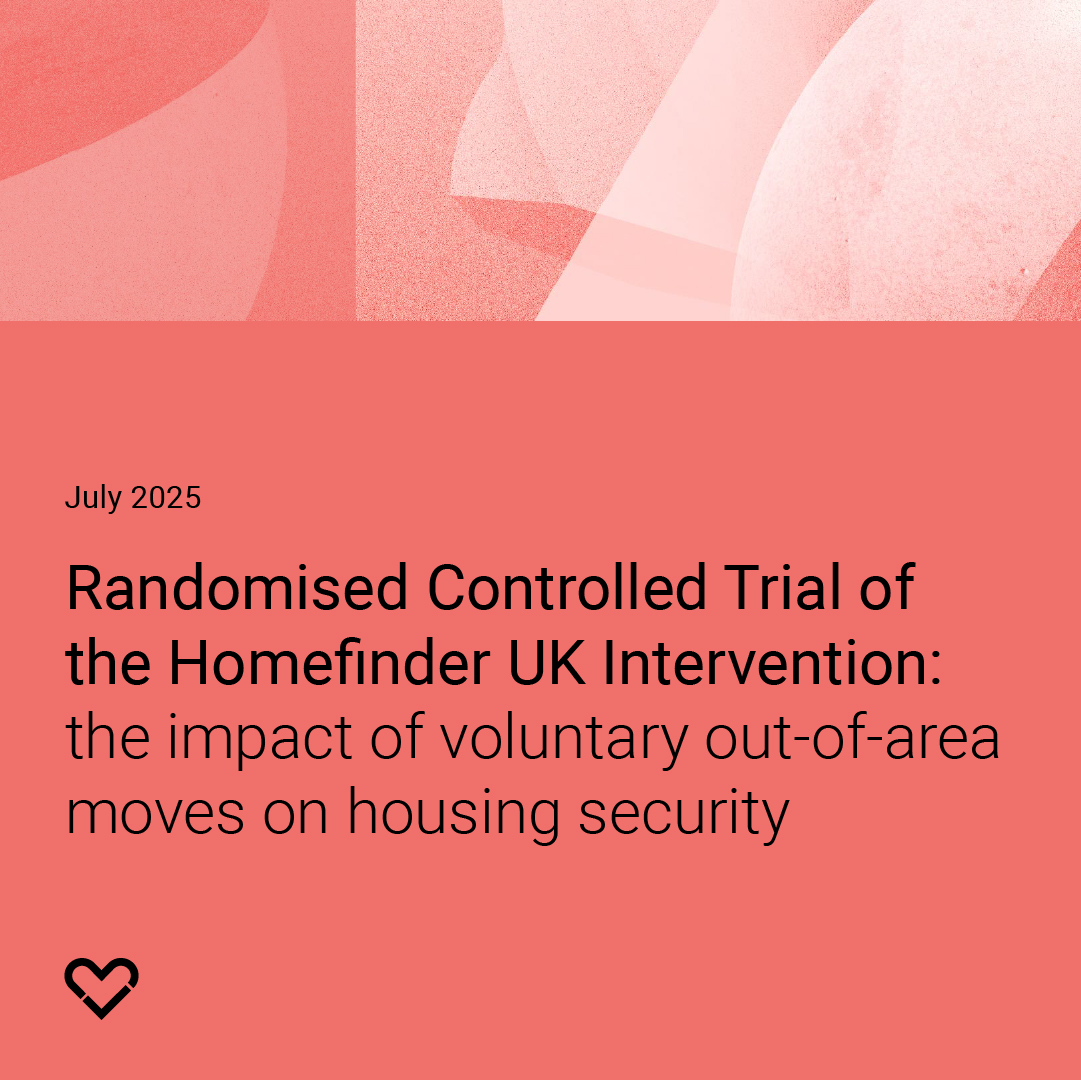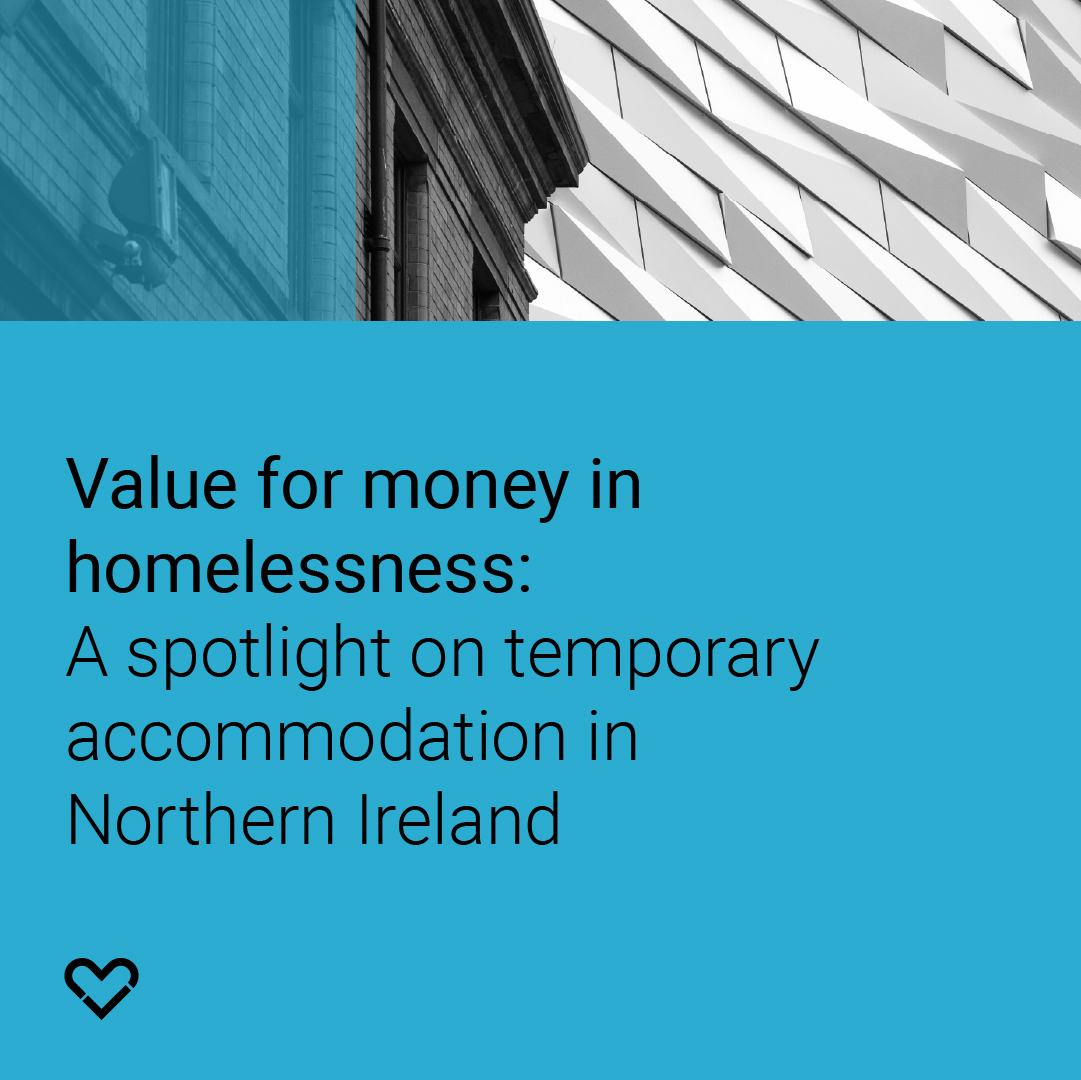Emergency measures during Covid-19: what worked in global cities
Outline of the Study
This study examines how cities around the world responded to protect people experiencing homelessness during the COVID-19 pandemic. The research explores emergency measures implemented across nine global cities, analysing what worked and what lessons can be learned for future policy. The study reveals that when treating street homelessness as a public health emergency and with the right political will, funding, and coordination, it can be reduced very quickly.
Findings in brief
- Understanding homelessness as a public health emergency opened doors to funding and broke down barriers to service eligibility. This enabled many cities to dramatically reduce street homelessness in a very short period of time
- Cities took different approaches: Houston focused on permanent housing, Toronto used a rapid rehousing initiative to move people into affordable self-contained housing and Paris increased shelter capacity by 37%
- England's ‘Everyone In’ initiative was extraordinary - making 5,400 offers of emergency accommodation by mid-April 2020 and helping 33,000 people to find accommodation by November 2020
- Rough sleeping figures fell dramatically in England as a result of actions during the pandemic - from 4,270 people on a single night in autumn 2019 to 2,690 in autumn 2020 and 2,440 in autumn 2021
- Hotel accommodation proved highly effective - empty hotels during lockdowns provided good quality single-room accommodation, enabling self-isolation and better support delivery
- Everyone In may have prevented 21,092 infections, 1,164 hospital admissions and 266 deaths among people experiencing homelessness in the period until May 2020
- Funding availability, a clear focus for actions and temporary removal of regulations around service procurement and eligibility enabled service coordination between government, local authority housing, health, mental health, and voluntary sector services to reach unprecedented levels
- The temporary lifting of immigration restrictions in the UK enabled some people with no recourse to public funds (NRPF) to access accommodation for the first time, including those who were hidden homelessness
- Eviction moratoriums in many countries prevented reduced flow into homelessness
- Some cities made sustained gains in reducing rough sleeping and moving people into settled accommodation. Rough sleeping levels in England broadly returned to pre-pandemic levels, with a less clear picture in Scotland and Wales. Longer-term change is likely to be affected by changes to Universal Credit payments, the end of the eviction ban and tighter eligibility criteria for people with NRPF.
Recommendations in brief
- Continue collaborative working between homelessness, health and voluntary sector services. This may include:
Offering self-contained, rather than shared emergency accommodation, for health and welfare reasons
Continuing to invest in move-on accommodation
Learning from successful city models
Developing hospital and prison discharge pathways
Strengthening homelessness prevention approaches, including eviction protection
- Develop contingency plans to rapidly mobilise accommodation and support during future health emergencies
- Maintain funding commitments for homelessness, to ensure there are sufficient resources to sustain effective interventions beyond emergency periods
- Clarify when and how emergency legal powers can be used to protect vulnerable populations.
No items found.





.jpg)

